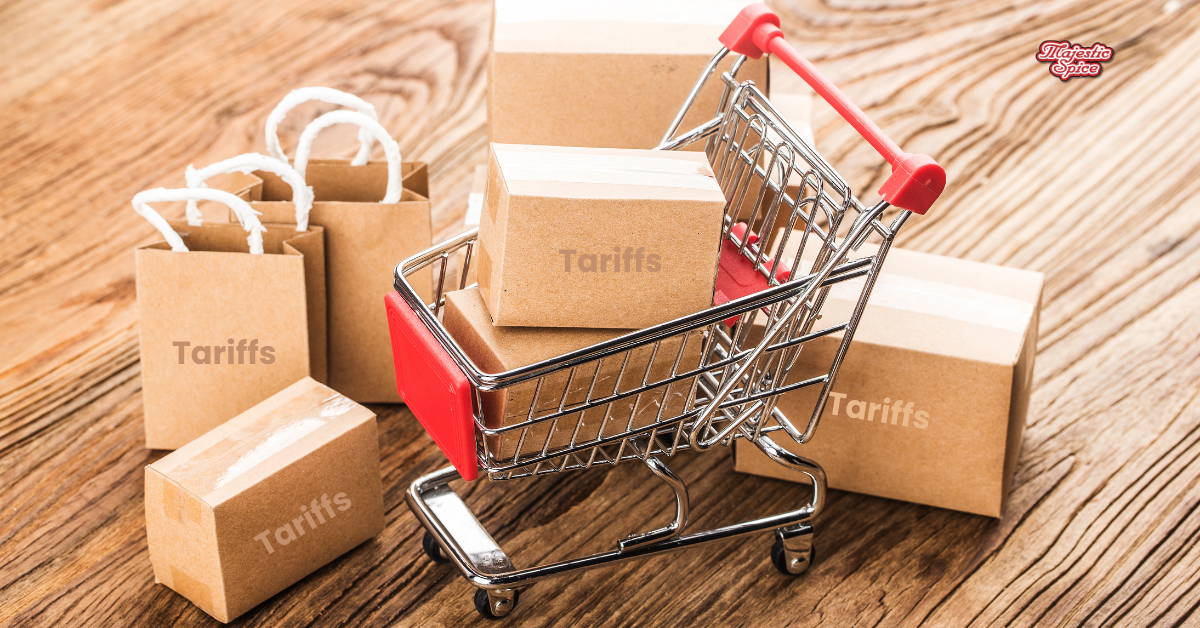
Recent tariff measures are beginning to move beyond policy discussions and into everyday prices. While many retailers initially absorbed the added costs, this approach is becoming harder to sustain as new inventory arrives at higher import rates.
Costs Shifting to Consumers
Large retailers such as Walmart and Target worked to hold prices steady earlier this year. However, with inventories turning over, more costs are being passed on. Analysts estimate that by October, households could be covering close to two-thirds of tariff-related expenses, compared to just over 20% in June.
Household Budgets Under Pressure
The timing coincides with peak seasonal spending. The National Retail Federation reports that 72% of families expect higher back-to-school costs, with average budgets reaching nearly $875 per household. School supplies, apparel, and electronics are among the categories most affected.
Inflation Outlook
Economic forecasts suggest tariffs may add to broader price pressures. Some projections see core inflation rising to around 3.8% by December. Electronics such as smartphones and PCs are expected to face noticeable increases, even as consumer demand softens.
Key Takeaways for Businesses
- Retail strategies are adjusting: from cost absorption to price pass-through.
- Consumer spending may tighten: higher prices in essential categories could impact discretionary purchases.
- Inflation risks remain: businesses should monitor supply chains and factor in potential cost increases when planning for late 2025.
Bottom Line
The current tariff environment is reshaping both pricing strategies and consumer behavior. For businesses, the focus should remain on tracking cost developments, preparing for possible shifts in demand, and maintaining flexibility in sourcing and pricing.
